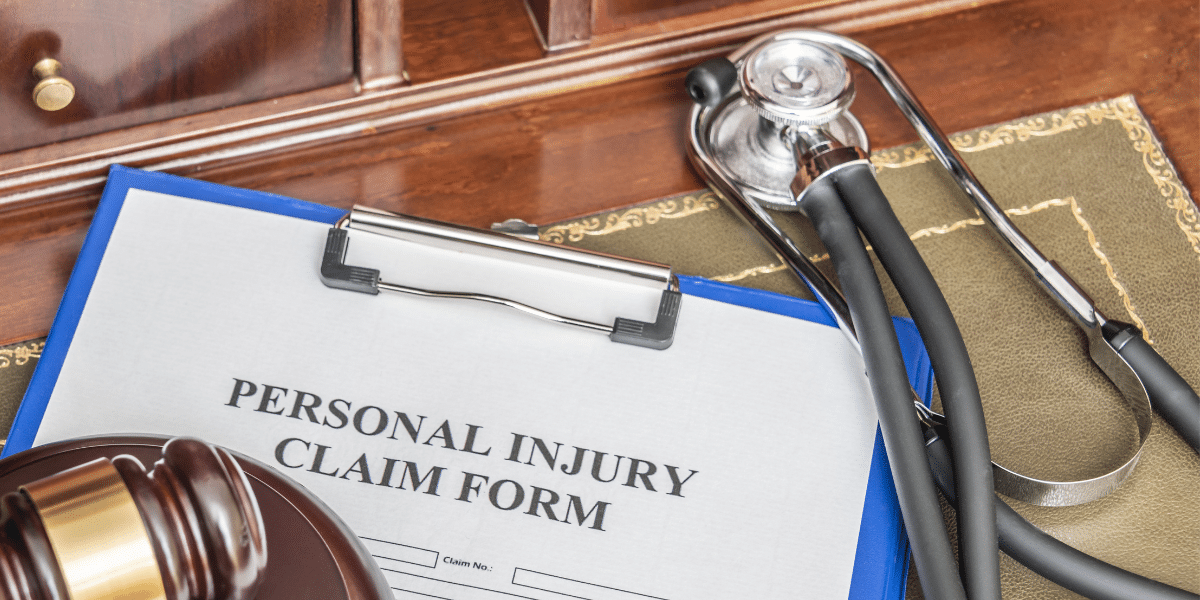
Unlock the key to safeguarding your legal rights through meticulous injury documentation.

Understanding the Importance of Accurate Injury Documentation
Accurate injury documentation plays a crucial role in protecting your legal rights and ensuring a successful outcome in your case. When it comes to personal injury claims, having a detailed record of your injuries and treatment can make all the difference in proving the extent of your damages and holding the responsible party accountable.
One of the main reasons why accurate injury documentation is important is that it provides a clear and objective account of your injuries. This can help prevent any disputes or discrepancies regarding the severity and cause of your injuries. By documenting your injuries, you can provide concrete evidence that supports your claim and strengthens your case.
Furthermore, accurate injury documentation allows you to track the progress of your injuries and the effectiveness of your treatment. This can be especially important when seeking compensation for medical expenses and ongoing care. By keeping thorough records, you can demonstrate the financial impact of your injuries and ensure that you receive appropriate compensation.
In addition to these legal benefits, accurate injury documentation also serves as a personal record of your experience. It allows you to reflect on your journey to recovery and serves as a reminder of the challenges you have overcome. By documenting your injuries and treatment, you are not only protecting your legal rights but also preserving your personal story.
Step-by-Step Guide to Recording Your Injuries
Recording your injuries in a systematic and organized manner is essential for building a strong legal case. Here is a step-by-step guide to help you effectively document your injuries:
1. Seek immediate medical attention: It is important to prioritize your health and seek medical treatment as soon as possible after an injury. This will not only ensure that you receive the necessary care but also create a medical record of your injuries.
2. Take detailed notes: Keep a journal or notebook to record important details about your injuries. Include information such as the date, time, and location of the incident, as well as any symptoms or pain you are experiencing.
3. Photograph your injuries: Visual evidence can be incredibly powerful in a personal injury case. Take photographs of your injuries from different angles and make sure to capture any visible bruising, swelling, or wounds. Timestamp the photos if possible.
4. Follow your treatment plan: It is crucial to follow the treatment plan prescribed by your healthcare provider. Keep a record of all medical appointments, procedures, medications, and therapies you undergo.
5. Keep track of expenses: Maintain a record of all expenses related to your injuries, including medical bills, prescription costs, transportation expenses for medical appointments, and any other out-of-pocket expenses.
By following these steps, you can ensure that your injury documentation is thorough and accurate, providing a solid foundation for your legal case.
Leveraging Photographic Evidence in Injury Claims
Photographic evidence can be a powerful tool in supporting your injury claims. By capturing visual proof of your injuries, you can provide undeniable evidence of the physical harm you have suffered. Here are some key points to consider when leveraging photographic evidence in your injury claims:
1. Take photos as soon as possible: It is important to document your injuries as soon as they occur. This ensures that the photographs accurately depict the initial state of your injuries and prevents any claims of exaggeration or fabrication.
2. Capture different angles and perspectives: When taking photographs, try to capture your injuries from multiple angles and perspectives. This can help provide a comprehensive view of the extent of your injuries and make it more difficult for the opposing party to dispute the severity of your condition.
3. Use proper lighting and focus: To ensure the clarity of your photographs, make sure to use proper lighting and focus. This will help capture the details of your injuries accurately and ensure that the images are admissible as evidence in court.
4. Include a timestamp: Whenever possible, timestamp your photographs to establish the timeline of your injuries. This can be done by adjusting the settings on your camera or using a timestamp app.
Remember, photographs can speak louder than words in a personal injury case. By leveraging photographic evidence, you can provide compelling visual proof of your injuries and increase the chances of a favorable legal outcome.
Maintaining a Comprehensive Medical Record
Maintaining a comprehensive medical record is essential when it comes to documenting your injuries for legal purposes. A thorough and organized medical record can provide valuable evidence to support your claim and ensure that you receive the compensation you deserve. Here are some tips for maintaining a comprehensive medical record:
1. Keep copies of all medical documents: This includes medical reports, test results, hospital discharge summaries, and any other documents related to your injuries and treatment. Make sure to keep both physical copies and digital copies for easy access.
2. Organize your medical records chronologically: Arrange your medical records in chronological order, starting from the date of the incident. This will help provide a clear timeline of your injuries and treatment.
3. Include detailed information: Make sure your medical records include detailed information about your injuries, symptoms, and the treatment you have received. This can include diagnoses, prescribed medications, surgical procedures, and any other relevant information.
4. Don’t forget about therapy and rehabilitation: If you are undergoing therapy or rehabilitation for your injuries, make sure to include records of these treatments as well. Physical therapy reports, progress notes, and any other therapy-related documents can strengthen your case.
By maintaining a comprehensive medical record, you can ensure that no crucial details are overlooked and that your injuries are accurately documented for legal purposes.
Navigating Legal Procedures with Thorough Documentation
Thorough documentation of your injuries and treatment is essential when navigating legal procedures. It can help streamline the legal process, strengthen your case, and increase your chances of a successful outcome. Here are some key points to consider when using thorough documentation to navigate legal procedures:
1. Consult with an attorney: It is important to seek legal advice from an experienced personal injury attorney. They can guide you through the legal procedures and help ensure that your documentation meets the necessary requirements.
2. Share your documentation with your attorney: Make sure to provide your attorney with all relevant documentation, including medical records, photographs, and expense records. This will allow them to build a strong case on your behalf.
3. Be prepared for legal proceedings: Thorough documentation can help you prepare for legal proceedings such as depositions or court appearances. By having all your documentation organized and readily available, you can effectively present your case and respond to any challenges or questions from the opposing party.
4. Follow your attorney’s advice: Your attorney will provide guidance on the best strategies to employ during the legal process. It is important to follow their advice and recommendations to maximize your chances of success.
Remember, thorough documentation is a valuable asset when it comes to navigating legal procedures. By utilizing your documentation effectively, you can protect your legal rights and achieve a favorable outcome in your personal injury case.




